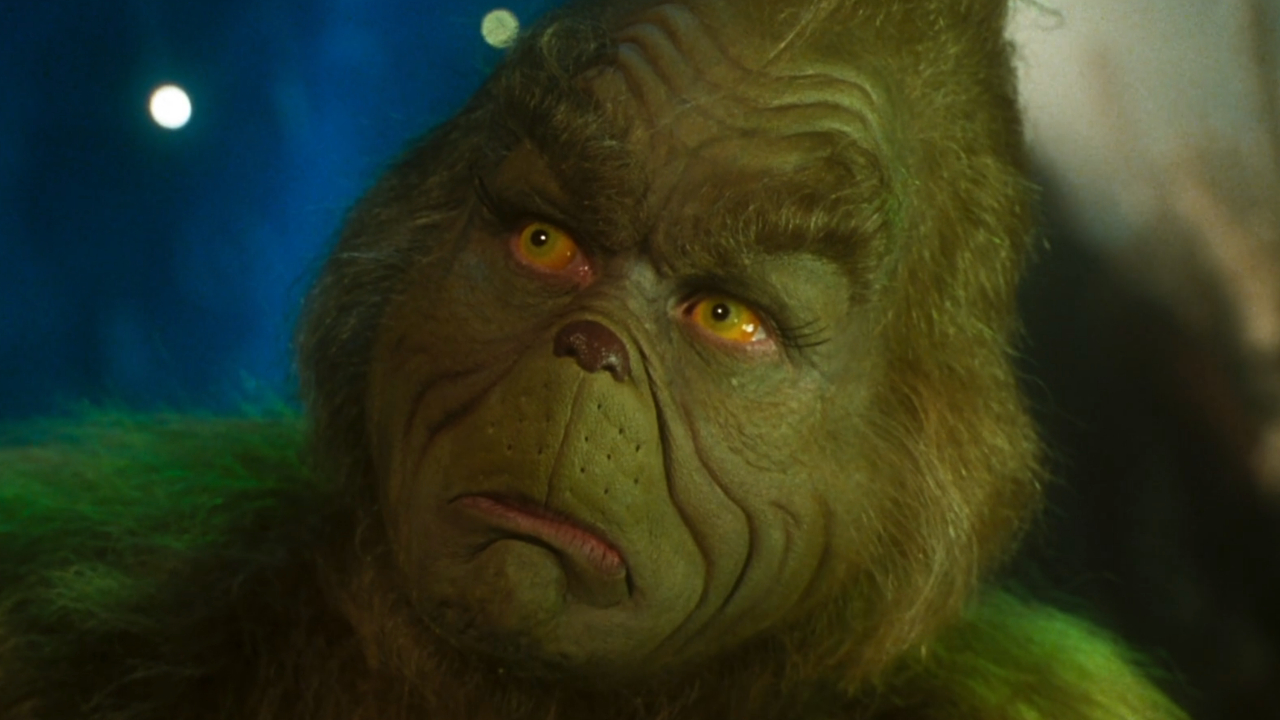The Art Of Racing In The Rain Ending: What Happened To Enzo At The End?
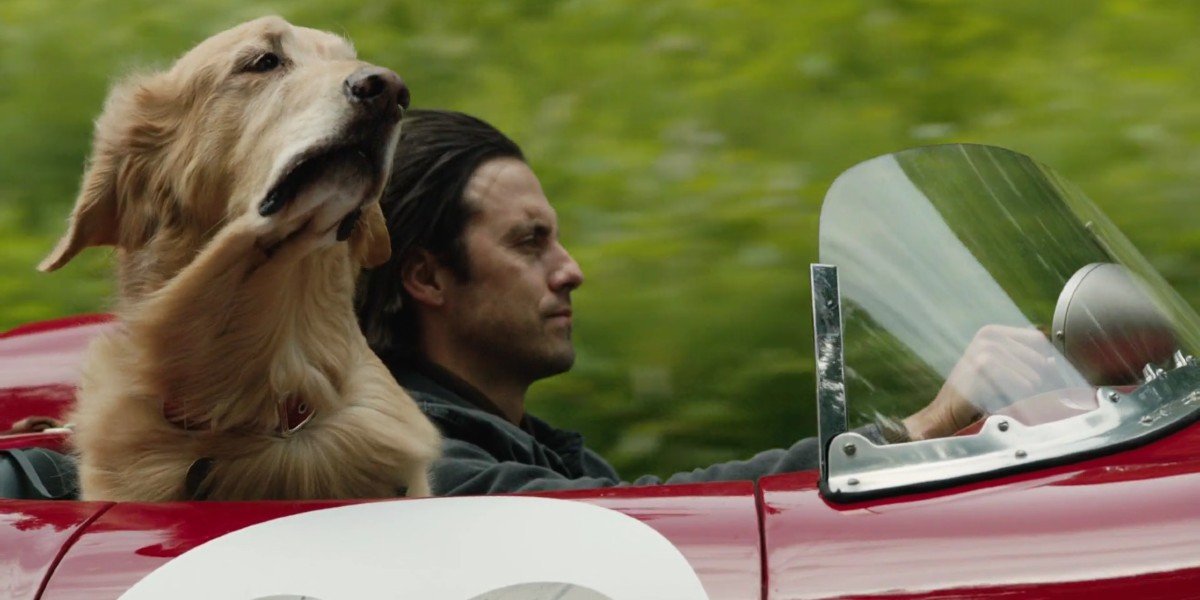
The Art of Racing in the Rain is a drama that stars Milo Ventimiglia and Amanda Seyfried, with a voice-over by Kevin Costner as a dog named Enzo. The film, based on Garth Stein's best-selling novel of the same name, was produced by Patrick Dempsey and explored the connection between life and racing. It also tackles major topics of death and reincarnation. The Art of Racing in the Rain ending left viewers with a sense of hope and an emotional release.
*Spoilers ahead! *
The Art of Racing in the Rain takes the audience through a family saga told from the viewpoint of Enzo the dog. Through Enzo, we witness birth, death, triumph, despair, and inspiration. The movie is one of those films that you go into knowing that you’ll probably cry at some point because it’s all about the highs and lows of being a human, or even a dog. However, the best thing about The Art of Racing in the Rain is its balance. For every sad moment, there are two happier ones. This all ties in with the movie’s overall picture. Let’s explore that ending and the film’s overall themes.
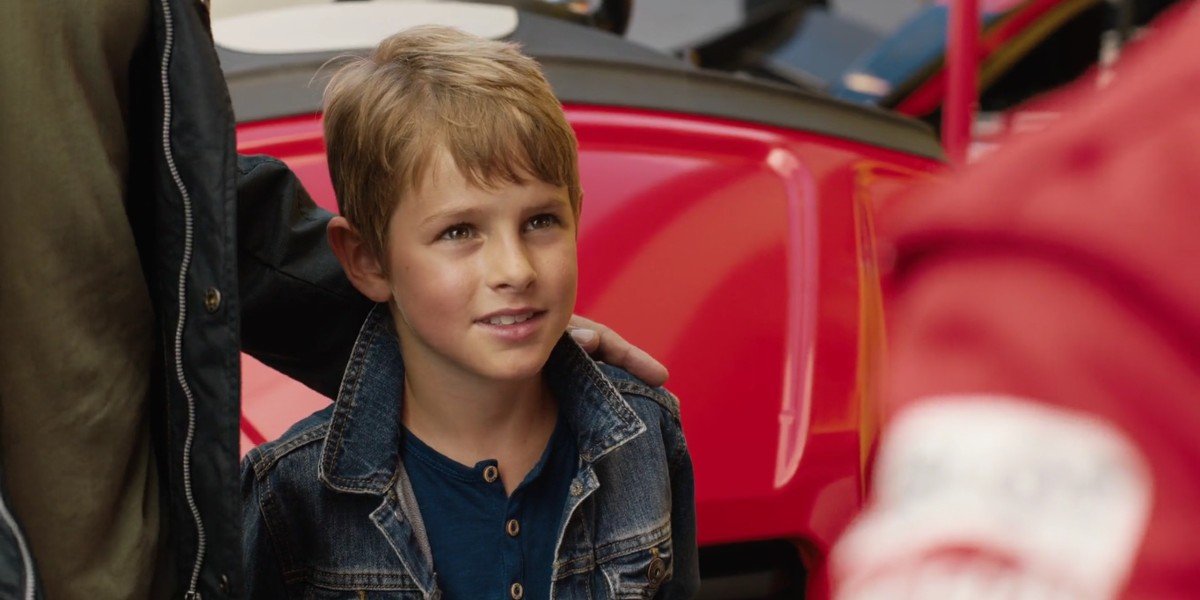
What Happened At The End Of The Art Of Racing In The Rain?
Enzo grows older as The Art of Racing in the Rain continues. He gets hit by a car, and that signals the start of the end for him. As Enzo edges closer to his death, Denny (Milo Ventimiglia) decides to give him one last treat. He takes him on a couple of laps through a racing track in a vintage Ferrari. While on the tracks, Enzo thinks about his life with Denny and his family. Denny ends their journey by telling Enzo how he’s been a great friend to him.
Flash forward many years later and Denny has become a famous racing driver in Italy for the Ferrari company. His daughter Zoe (younger version played by Ryan Kiera Armstrong, the older version played by Lily Dodsworth-Evans) is now a teen, or in her early 20s. She drives a man (Paolo Gasparini) and his son (Giacomo Finn) to see Denny. The son is a huge fan of Denny and wants to grow up to become a race car driver just like him.
The boy and Denny bond, though the boy is too starstruck to really speak. The boy tells Denny that his name is Enzo, and Denny adds that he reminds him of an old friend. Denny and Zoe walk off, and the human Enzo keeps looking back in awe.
The Art of Racing in the Rain heavily implies that the little boy Enzo is the dog Enzo reincarnated. He got his wish of becoming a man.
Your Daily Blend of Entertainment News
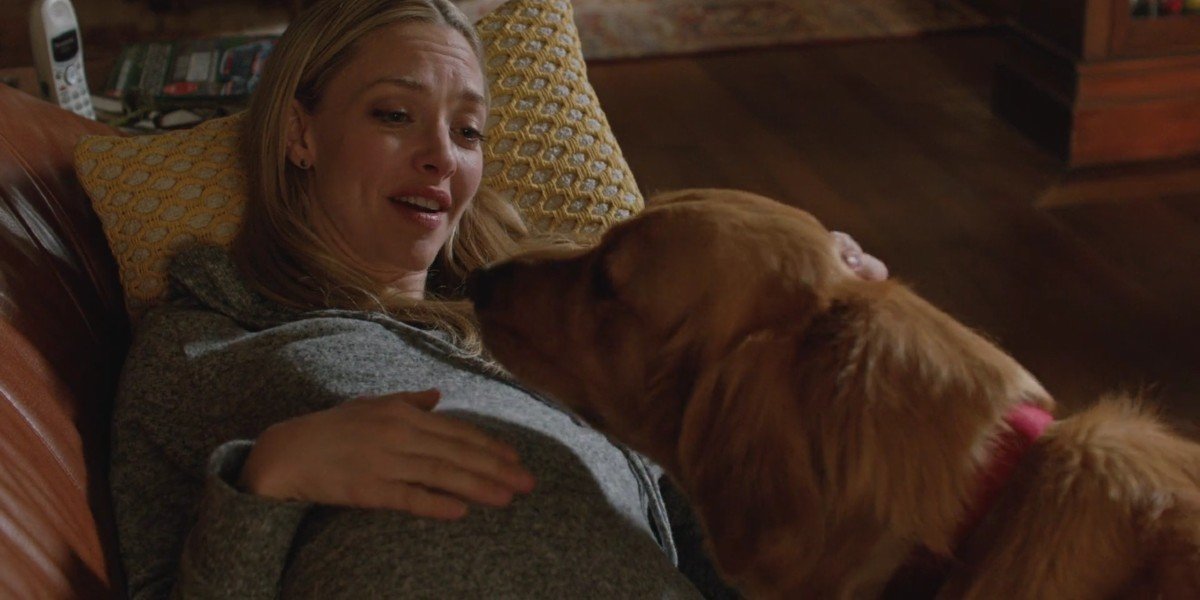
Dogs And Reincarnation
The Art of Racing in the Rain starts with Enzo discussing this documentary that he saw about Mongolian people believing that dogs come back in their next lives as men, but only if they’re ready for it. Enzo then spends most of the movie trying to prepare for that transition. He even states that he wants to imprint as much knowledge about the human condition on himself now, so he’ll be ready for his next life. It’s partly why he watches Denny and his life so closely.
The Art of Racing in the Rain author Garth Stein has mentioned in several interviews how he used to work in documentary film, and learning about the Mongolian belief of dogs becoming men in their next life helped inspire the idea for Enzo’s story. He goes more into detail about the Mongolian belief inspiring Enzo’s story in an interview with Libro and on the FAQs page on his website.
It’s also implied that Enzo’s plan to imprint his knowledge for the next life worked because that’s how the little boy Enzo became such a huge fan of Denny and wants to become a race car driver, a dream that dog Enzo had his whole life.

The World Through A Dog’s Eyes
One of the things that make The Art of Racing in the Rain fascinating is that the whole story is told from Enzo’s perspective. This works so well because dogs are able to observe life in a way that humans cannot. Dogs have access to conversations that are private because humans don’t believe dogs completely understand them. They also have natural instincts and live life by following simple rules. They don’t complicate things by trying to interpret body language or denying themselves pleasure or pain.
However, dogs are also limited in that they’re not allowed to go into certain places. We see this several times in the movie, like when Enzo isn’t permitted at the hospital, at the funeral, and in the courtroom. Dogs also can’t speak, so they can be misunderstood and sometimes feel helpless, as shown when Enzo can’t warn the family about Eve (Amanda Seyfried)’s illness.
The Art of Racing in the Rain taking the point-of-view of Enzo allows the audience to explore and learn about human behavior along with the dog. It allows the viewers to take a more simplistic approach, to just observe and watch, without the complications that come with human observation--like overanalyzing.

The Dynamic Of Denny And Enzo
In an interview with Colorado and Company, Garth Stein mentioned how Denny and Enzo are opposites in their approach to life. Enzo is impulsive and vindictive, and Denny is forgiving and has patience. They learn and grow from each other. Stein had this to say about the opposite nature of the man and the dog:
If you look on the book on a more literary level, I would say Denny the character and Enzo the dog are sort of alter egos of each other. Together they make a perfect character.
He went on to add “in a way they couldn’t exist without each other.” This is an interesting way to look at these two characters because it shows how they need each other to grow and learn. Many pet owners can agree that their animals are important to their personal development. Their animals help them evolve because they’re forced to learn things from them, like temper control and unconditional love.

What Rain And Racing Symbolize In The Film
Both Garth Stein and director Simon Curtis have spoken about racing in The Art of Racing in the Rain being a metaphor for life. Curtis even directly states this in an interview with HotCorn. In the film, in a scene between Eve and Denny, she asks him why he drives so fast when it rains, compared to other race drivers. He explains that it’s because rain is an unpredictable element and many of the other racers are afraid of it, but he chooses to take control of his car by fully embracing it and controlling how he handles the rain. He also offers this quote:
That which we manifest is before us.
Basically, racing represents life and how we approach it, and rain represents those obstacles that get thrown into the mix to make our ride a little more complicated. The Art of Racing in the Rain lets viewers know that they can manifest their own destiny. The film even states to not focus on the future or dwell on the past, but to live in the present and take hold of your life, even when things feel beyond your control.

How The Film Approaches Death
The Art of Racing in the Rain takes a very optimistic approach to death. It doesn’t see it as the end, but one part of the life cycle. It shows this through Enzo’s belief in reincarnation and coming back as boy Enzo. It’s also mentioned that when Eve dies, her spirit leaves her body, and Enzo also states that she showed him that death isn’t the end.
The film seems to be stating that you should cherish your life and family, but not to fear death because it’s just the next stage.
The Art of Racing in the Rain is a great dog film that’s an emotional ride, but worth the journey. The film is available to stream on HBO Max. Stream it here.
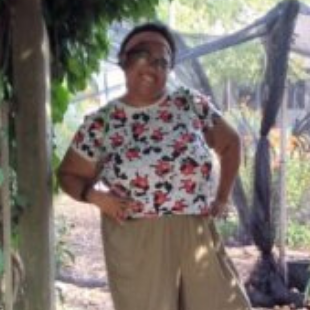
Spent most of my life in various parts of Illinois, including attending college in Evanston. I have been a life long lover of pop culture, especially television, turned that passion into writing about all things entertainment related. When I'm not writing about pop culture, I can be found channeling Gordon Ramsay by kicking people out the kitchen.
